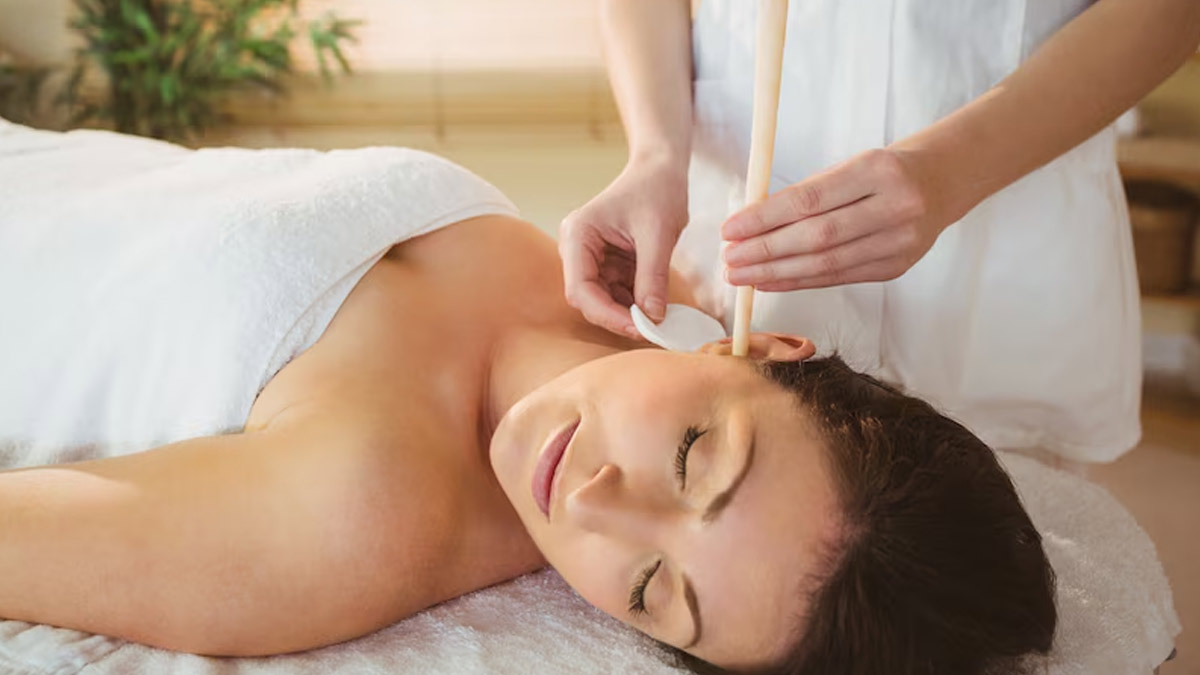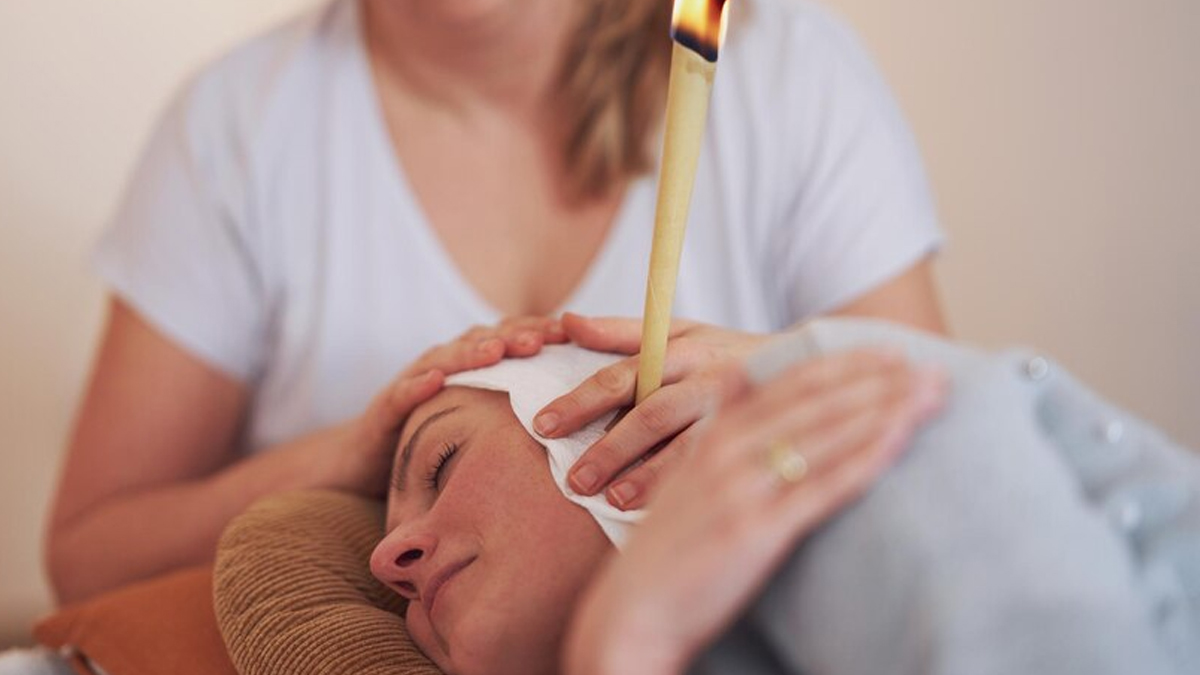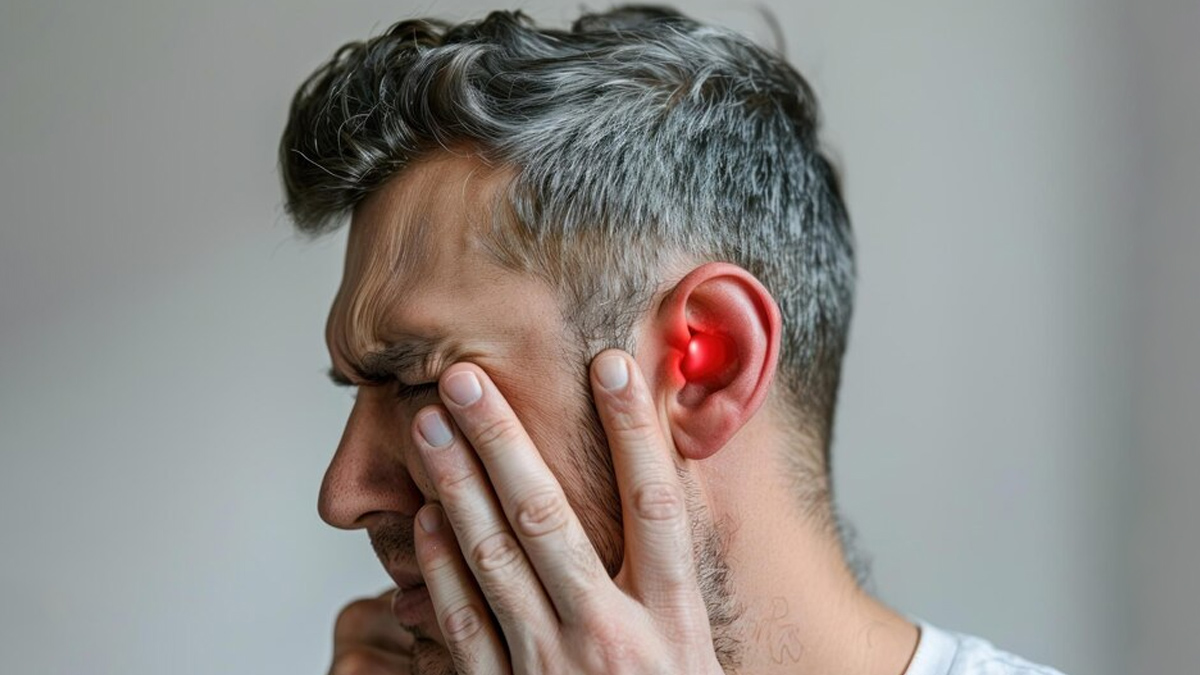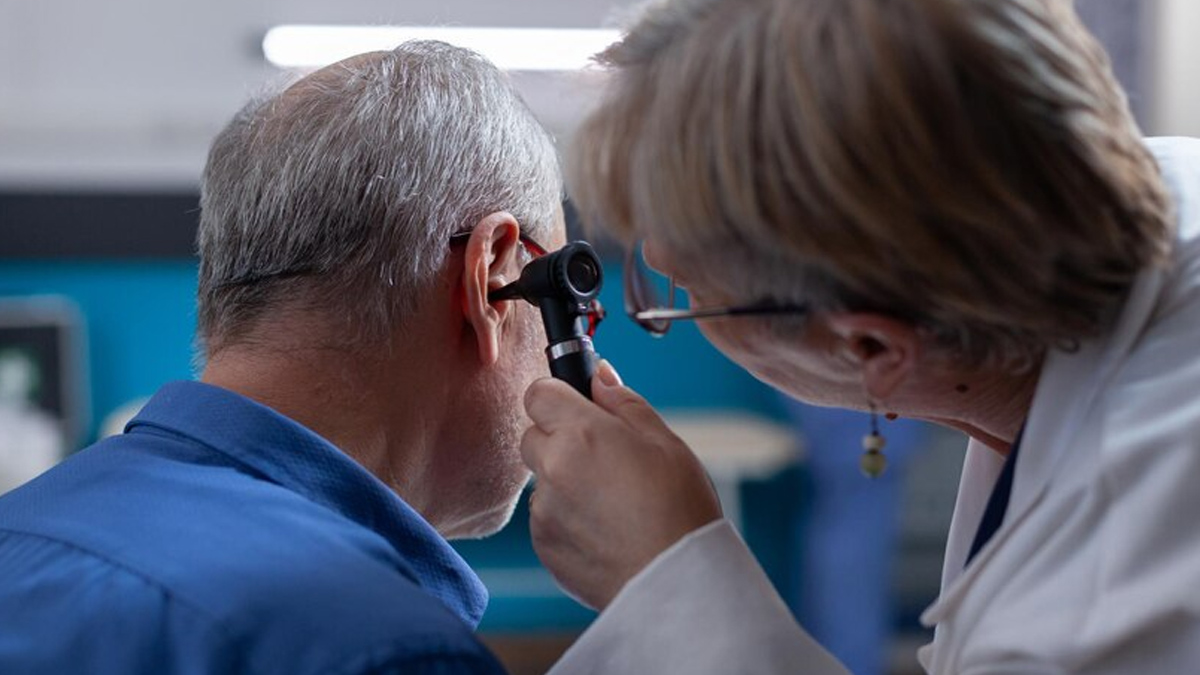
Ear candling is the latest TikTok trend, with users claiming it can clean out earwax and even cure sinus issues. The trend promises a simple and natural solution to a common problem, but many experts are warning that it's not as safe as it seems. With so many people trying it out, it's time to take a closer look: does ear candling really work, and more importantly, is it safe for your ears? We spoke to our expert Dr Smita Nagaonkar, Consultant and Section Coordinator, ENT, Sir HN Reliance Foundation Hospital, Mumbai, who shared insights on this topic.
What Is Ear Candling?

According to a 2023 study, ear candling is a non-traditional method for removing earwax. It involves using a specially designed candle, often made of beeswax, paraffin, or a combination of these materials. It involves inserting a lit, hollow candle into the ear, creating a mild vacuum to soften and extract earwax and other impurities.
A 2017 study found that ear candles did not generate the vacuum or negative pressure claimed. The researchers also observed that ear candling failed to remove earwax from the ear canal and often left behind candle wax.
The US Food and Drug Administration (FDA) in 2010 stated that they had not found credible scientific evidence to support the effectiveness of ear candling. Despite the claims made by some practitioners and enthusiasts, the FDA has consistently warned against the use of ear candles, citing concerns over safety and efficacy.
Also Read: Debunking 5 Common Myths About Earwax
Potential Risks and Concerns
Despite its popularity, ear candling can pose several risks and concerns. Here are some of them as listed by Dr Nagaonkar:

- Injury: One of the most pressing concerns is the risk of injury. The candle's flame can potentially cause burns to the ear, face, or hair. Hot wax dripping from the candle may enter the ear canal, leading to burns or further blockage.
- Ear Canal Damage: The insertion of a candle into the ear canal can damage the sensitive skin lining the ear. This may result in irritation, infections, or even a perforated eardrum, which can lead to hearing loss and other complications.
- Ineffectiveness: Research has consistently shown that ear candling is ineffective in removing earwax. The process does not create the claimed negative pressure, and most of the material found in the candle after use is merely wax residue from the candle itself, not earwax.
- Potential for Infection: If the ear candling procedure is not conducted under sterile conditions, there is a risk of introducing bacteria into the ear canal. This can lead to infections, which may require medical treatment.
The Food and Drug Administration (FDA) advises against using lit candles near your face, warning that ear candling poses a significant risk of potentially severe skin and hair burns, as well as middle ear damage, even if the candle is used as directed by the manufacturer.
A 2007 case report highlighted the dangers of ear candling, where a patient ended up with candle wax pieces in her ear, a perforated eardrum, and significant hearing loss.
Alternatives to Ear Candling
For those seeking safe and effective methods to manage earwax buildup, several alternatives are recommended. Follow these expert-recommended tips:

- Professional Cleaning: Consulting an Ear, Nose, and Throat (ENT) specialist is the safest way to address earwax buildup. They use specialised tools and techniques to remove earwax effectively, minimising the risk of injury or infection.
- Ear Drops: Ear drops designed to soften earwax are widely available at pharmacies. These drops help loosen the wax, making it easier for the body to naturally expel it.
- Ear Irrigation: Ear irrigation involves flushing the ear canal with warm water using a special device. This method should be performed with care to avoid damaging the ear. If done improperly, it can cause discomfort or injury.
- Vacuum/Suction Cleaning: It is the safest and most precise technique in which ear wax removal is under microscopic vision.
[Disclaimer: This article contains information provided by an expert and is for informational purposes only. Hence, we advise you to consult your own professional if you are dealing with any health issues to avoid complications.]
Also watch this video
How we keep this article up to date:
We work with experts and keep a close eye on the latest in health and wellness. Whenever there is a new research or helpful information, we update our articles with accurate and useful advice.
Current Version